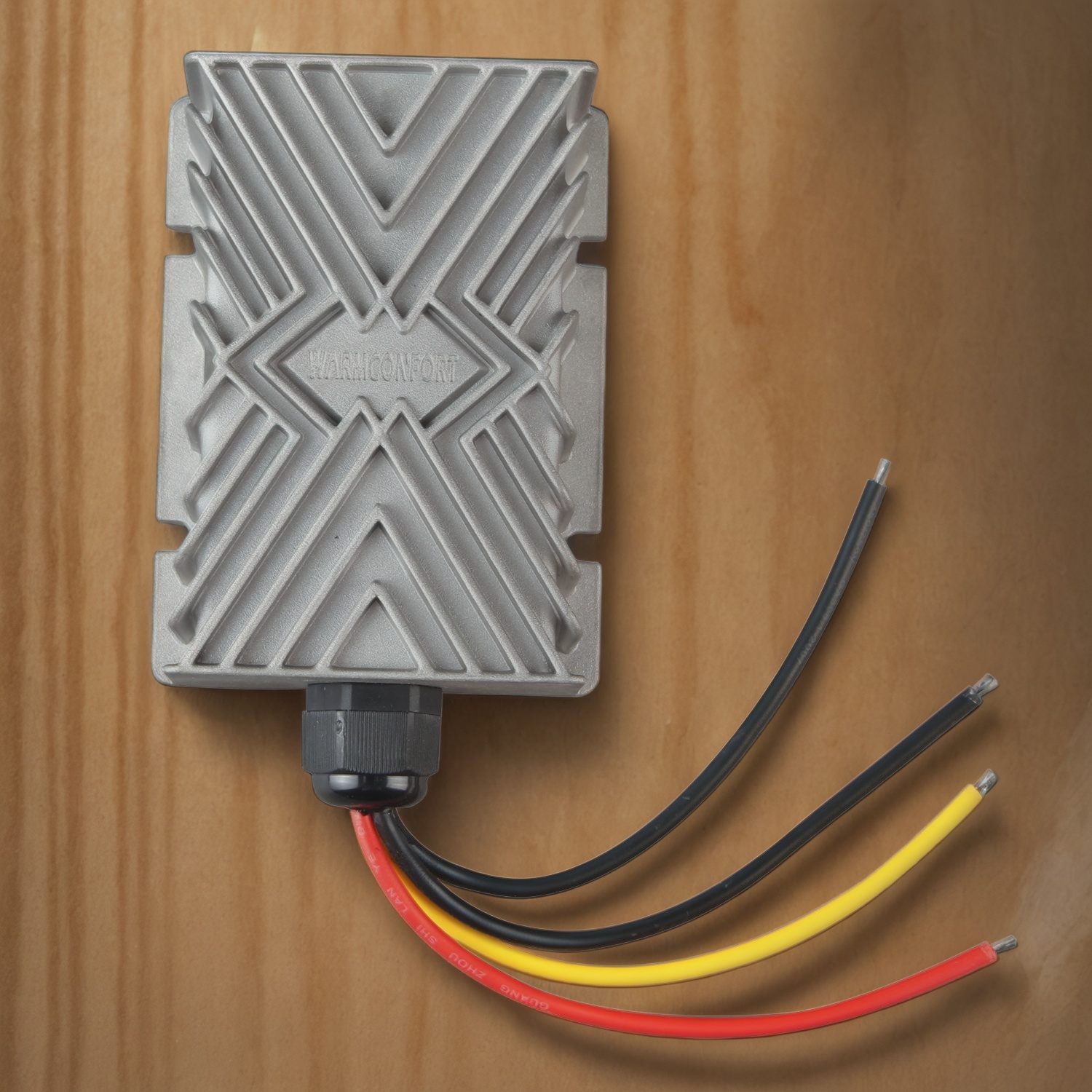Understanding DC-DC Converter Step Down Non-Isolated

In the world of modern electronics, the role of a DC-DC converter is indispensable for managing power efficiently. These devices are crucial for taking a direct current (DC) voltage source and converting it to another DC voltage level required by a specific application. While they come in many forms, they are broadly categorized into two main types: isolated and non-isolated. Understanding the fundamental differences between these two designs is key to selecting the right component for your project, as each offers a distinct set of advantages and disadvantages tailored to specific operational needs.
Understanding the Non-Isolated DC-DC Converter
A non-isolated DC-DC converter features a direct electrical path, or common ground, between its input and output circuits. This simpler architecture is the defining characteristic of components like a buck converter, also known as a step down converter. Because there is no transformer to create a galvanic barrier, these converters are typically more efficient, smaller, and more cost-effective. High-quality models are engineered for performance, often encased in a sleek, metallic housing with angled ridges that enhance heat dissipation, ensuring reliability and a long operational lifespan. This efficient thermal management is crucial for maintaining stability under intense loads, making the non-isolated design an excellent choice for applications where space and budget are primary concerns.
The Role of an Isolated DC-DC Power Supply
In contrast, an isolated DC-DC power supply uses a transformer to create a physical and electrical separation between the input and output. This galvanic isolation is a critical safety feature, preventing high input voltages from reaching the output side in the event of a fault. This barrier protects both the downstream sensitive electronics and any human operators who might come into contact with the device. While this safety aspect is paramount in many industries, particularly medical and industrial applications, it comes at a cost. The inclusion of a transformer makes isolated converters larger, heavier, and generally less efficient due to energy losses within the transformer itself.
Comparing Key Performance Metrics: Efficiency, Size, and Cost
When directly comparing the two, the DC-DC Converter Step Down Non-lsolated stands out for its superior performance in several key areas. Its efficiency is often significantly higher because power is transferred directly through inductors and capacitors without the inherent losses of a transformer. This direct path also allows for a much more compact design, making it the ideal solution for modern, space-constrained electronics. The simpler circuitry and fewer components also translate to a lower manufacturing cost, providing a budget-friendly solution for many consumer and commercial products. An isolated converter, on the other hand, trades some of this efficiency and compactness for the invaluable feature of safety isolation.
Choosing the Right Converter: Safety vs. Simplicity
The ultimate decision between an isolated and non-isolated DC-DC converter hinges entirely on the application’s specific requirements. A step down converter is perfectly suited for point-of-load power regulation within a single system where all components already share a common ground, such as in battery-powered devices, laptops, and motherboards. In these scenarios, the added bulk and cost of isolation are unnecessary. Conversely, an isolated DC-DC power supply is non-negotiable in applications where there is a risk of electric shock, a need to break ground loops, or when interfacing with high-voltage systems. Medical equipment, industrial automation, and telecommunications infrastructure all rely on isolation to ensure safe and reliable operation, prioritizing safety over size and cost.
Final Thoughts on Your Power Conversion Needs
In summary, both isolated and non-isolated converters play vital roles in power electronics, but they are not interchangeable. The non-isolated DC-DC converter excels by offering a highly efficient, compact, and low-cost solution for converting voltages within a common-ground system. Its design, often featuring robust construction and high-grade wiring for minimal resistance, is optimized for performance. The isolated converter provides a crucial safety barrier essential for protecting users and equipment in high-voltage or sensitive environments. By carefully weighing the trade-offs between efficiency, size, cost, and safety, engineers and designers can make an informed choice that ensures their electronic systems are both effective and appropriate for their intended use.
